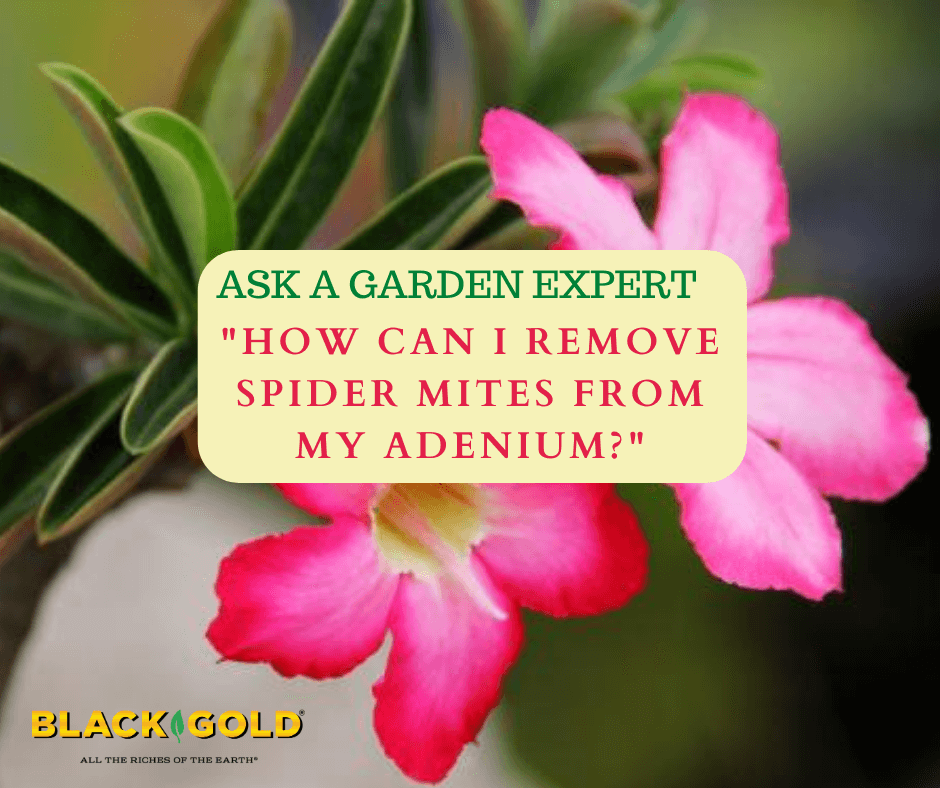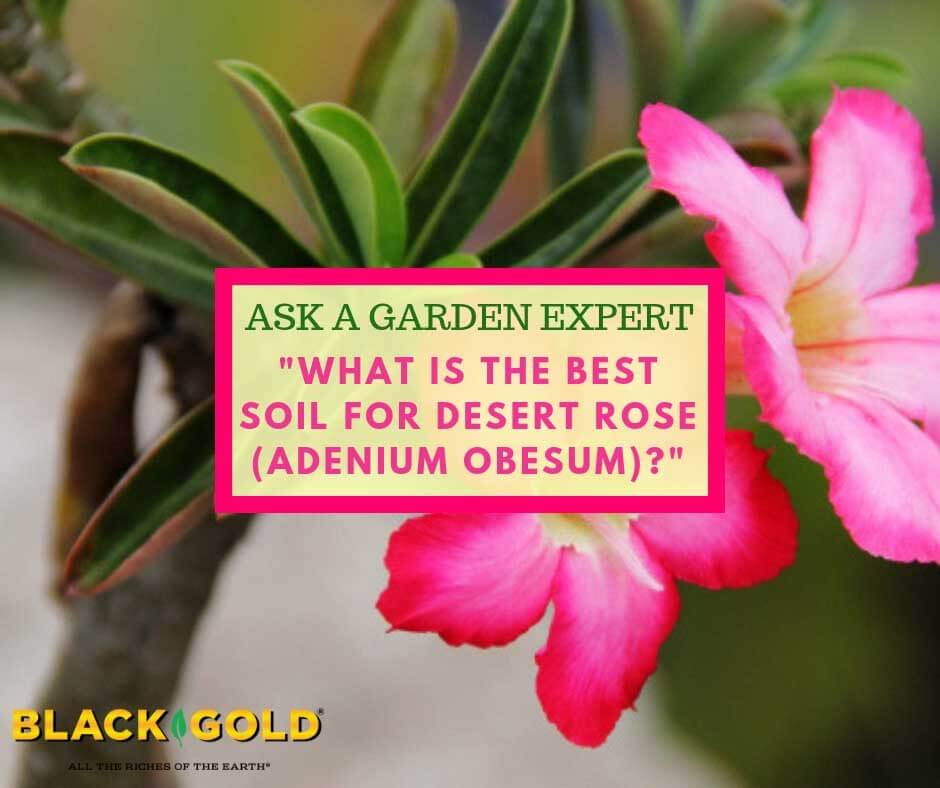
“Help! My 4-year-old Adenium has always thrived. Last year it put out 6 seed pods and this year the blooms were massive overpowering any green. When the blooms finally stopped all the older leaves turned yellow and dropped. But new ones were coming out. Now the new ones are all curling and while green on the top the bottoms have brown spots. It’s in the sun all day long and while we had a wet spring (before the blooms) the summer has been dry and hot. When the leaves started turning yellow (over a month ago) I noticed spider mites so I sprayed them with an insecticide soap for 2 weeks and they are gone but now the leaves are all curled and brown spots on the underside only. How can I save this plant?” Question from Julie of McKinney Texas
Answer: The good thing is the succulents like Adeniums have lots of stored energy, so once you totally rid them of the spider mites, they will bounce back quickly. To truly eradicate the mites, you will have to spray more than just the foliage.
How to Treat Plants for Spider Mites
Here are the steps I would take to completely remove spider mites from an Adenium.
- Remove damaged, yellowing leaves.
- Wipe down the base of the plant and stems.
- Wipe down the pot.
- Remove the top 2 inches of potting mix, and replace it with a quality cactus mix, such as Black Gold Cactus Mix.
- Fertilize with a water-soluble fertilizer formulated for flowering plants.
- Spray all plant parts with insecticidal soap or Neem oil.
The white-paper test is my favorite way to further test for mites. Take a clean piece of white paper, hold it beneath the leaves, then tap the leaves onto the paper. If you have mites, tiny specs will fall, and eventually, they will start crawling around. These are spider mites. Continue to do the tap test and gently wipe down leaves and stems and spray them until healthy new growth appears and remains undamaged. It may take time, but you can overcome spider mites.
Happy gardening!
Jessie Keith
Black Gold Horticulturist



